Bad news business letter template
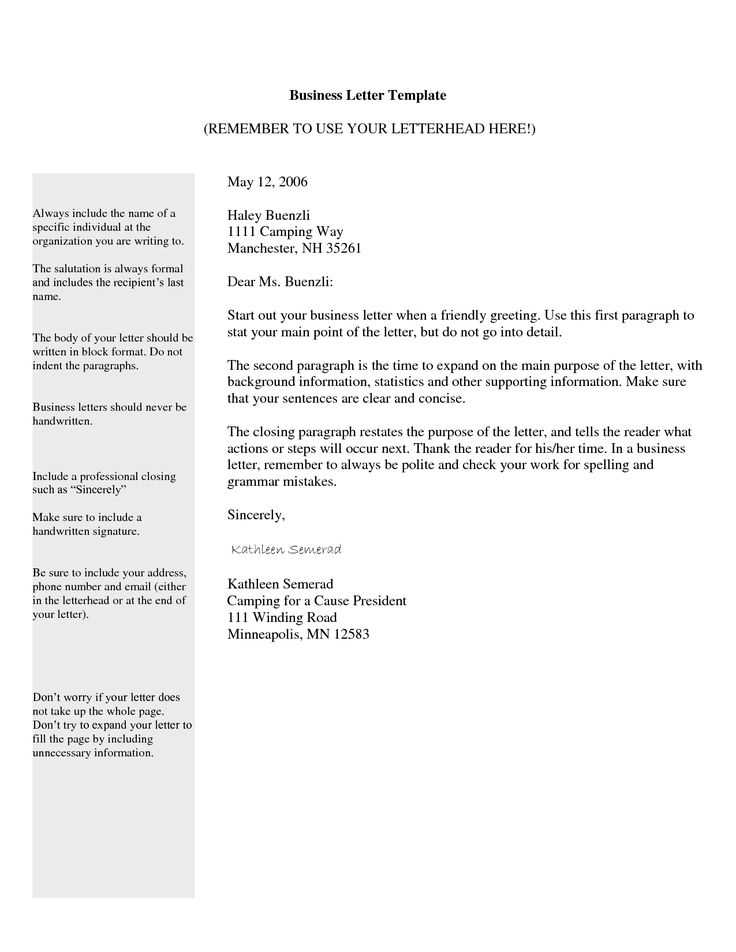
Delivering bad news in a business letter requires clear and respectful communication. A direct yet considerate approach helps maintain professionalism while addressing sensitive matters. Begin with a straightforward statement of the situation, avoiding ambiguity.
Be concise in explaining the issue at hand. Whether it’s a delayed project or a denial of request, provide the necessary details without unnecessary elaboration. This avoids confusion and shows respect for the recipient’s time.
Offer a solution or alternative, if possible. This shows that you are proactive and willing to assist, even when delivering disappointing news. This might include outlining the next steps or proposing other viable options.
Lastly, maintain a positive tone. Reaffirm your commitment to working together or finding future opportunities to collaborate. This helps preserve the relationship despite the setback.
Bad News Business Letter Template
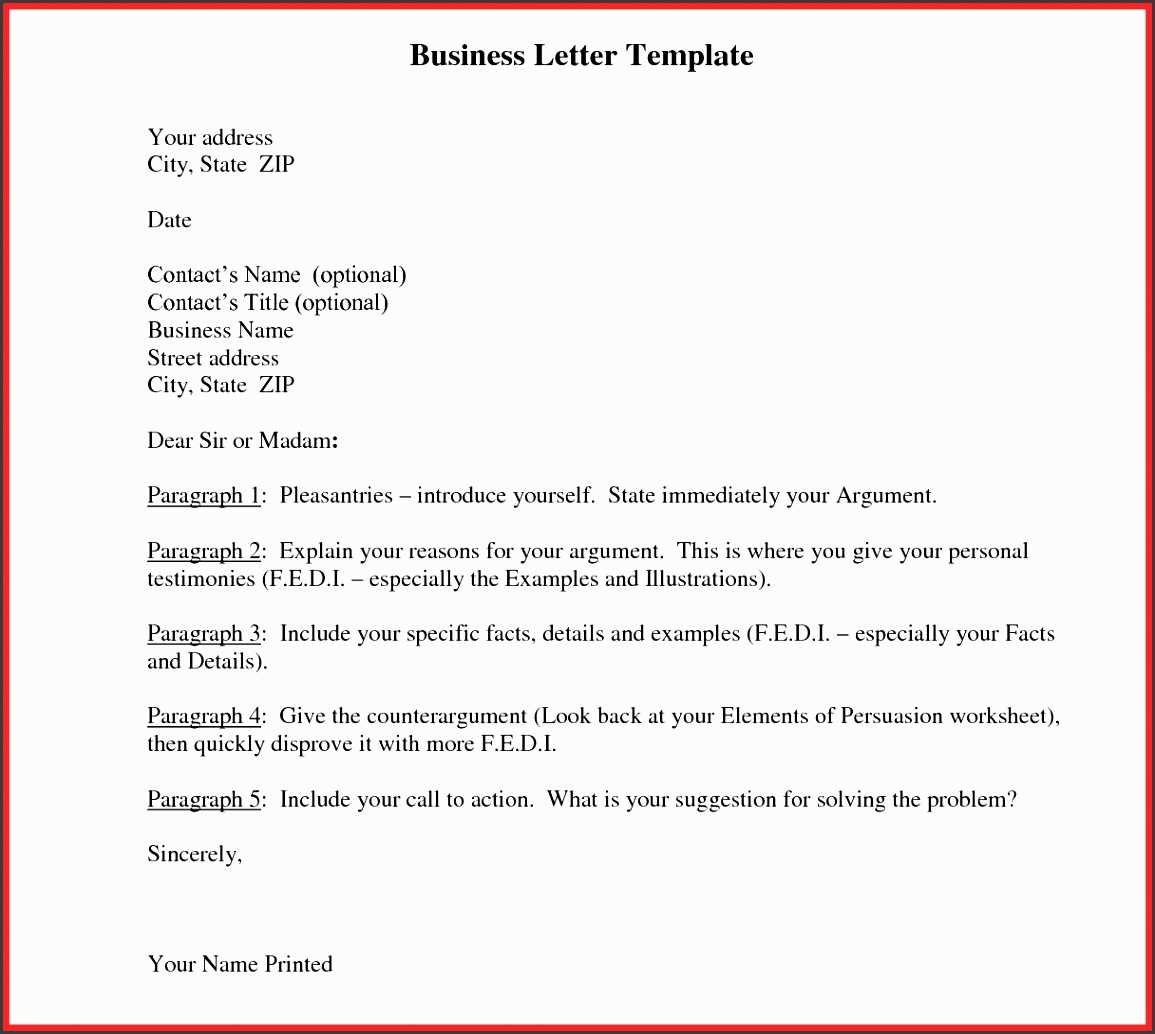
Begin by acknowledging the situation without ambiguity. Clearly state the issue at hand while being considerate of the recipient’s potential reaction. Ensure your tone remains respectful and professional, even when delivering difficult news.
Structure of the Letter
Start with a courteous greeting that addresses the recipient by name. Directly express your regret about the news, and follow with a clear explanation of the issue. Provide any necessary details that help the recipient understand why this decision was made. Always maintain transparency, while avoiding excessive detail that might complicate the message.
Offering Alternatives
If possible, offer alternative solutions or actions that the recipient can take. This helps to mitigate the negative impact of the news and provides them with next steps. Be concise, and ensure any solutions presented are realistic and feasible.
Close the letter by reaffirming your willingness to assist further if needed. Offer a polite conclusion and sign off with your full name and title.
How to Start with the Right Tone
Begin your letter by acknowledging the recipient’s perspective. Express empathy for their situation without overdoing it. For instance, you might say, “I understand how disappointing this news is” or “I regret that we have to inform you about this issue.” This sets a compassionate foundation for the rest of your message.
Next, clarify the situation briefly and with precision. Avoid using vague language that could cause confusion or uncertainty. Stick to the facts, but do so in a way that doesn’t seem harsh. A simple “Unfortunately, we are unable to proceed with your application due to…” is more direct and respectful than beating around the bush.
Always aim for clarity. Present the bad news in a way that doesn’t overwhelm the recipient. Breaking down complex or difficult news into easily digestible parts can make the communication smoother and less intimidating. A well-structured table can be helpful to outline key points clearly and succinctly.
| Point | Explanation |
|---|---|
| Acknowledge the recipient’s position | Start with understanding, e.g., “I understand your concerns.” |
| State the news clearly | Use direct language without sugarcoating: “We are unable to approve your request.” |
| Offer context or reasons | Provide a brief explanation, if appropriate, e.g., “Due to company policy changes…” |
| Maintain professionalism | Use courteous language to balance firmness with respect. |
Finish on a note that leaves the door open for future interactions or provides next steps, if applicable. Even in difficult situations, maintaining an open line for further communication is valuable.
Structure of a Bad News Letter
When writing a bad news letter, focus on clarity, empathy, and professionalism. A well-structured letter can help minimize the negative impact of the message. Follow these steps to organize your letter effectively:
1. Opening Statement
Start with a neutral or positive statement that sets the tone for the rest of the letter. This helps avoid an immediate sense of rejection. You can express appreciation for the recipient or mention any positive aspects of the situation.
2. The Bad News
Present the bad news directly but in a softened manner. Avoid vague language. Clearly state the decision or issue while showing understanding of its potential impact on the recipient.
3. Justification
Explain the reasoning behind the decision or news. This section helps the recipient understand why the bad news is being delivered and why it is unavoidable.
4. Alternative Solutions or Suggestions
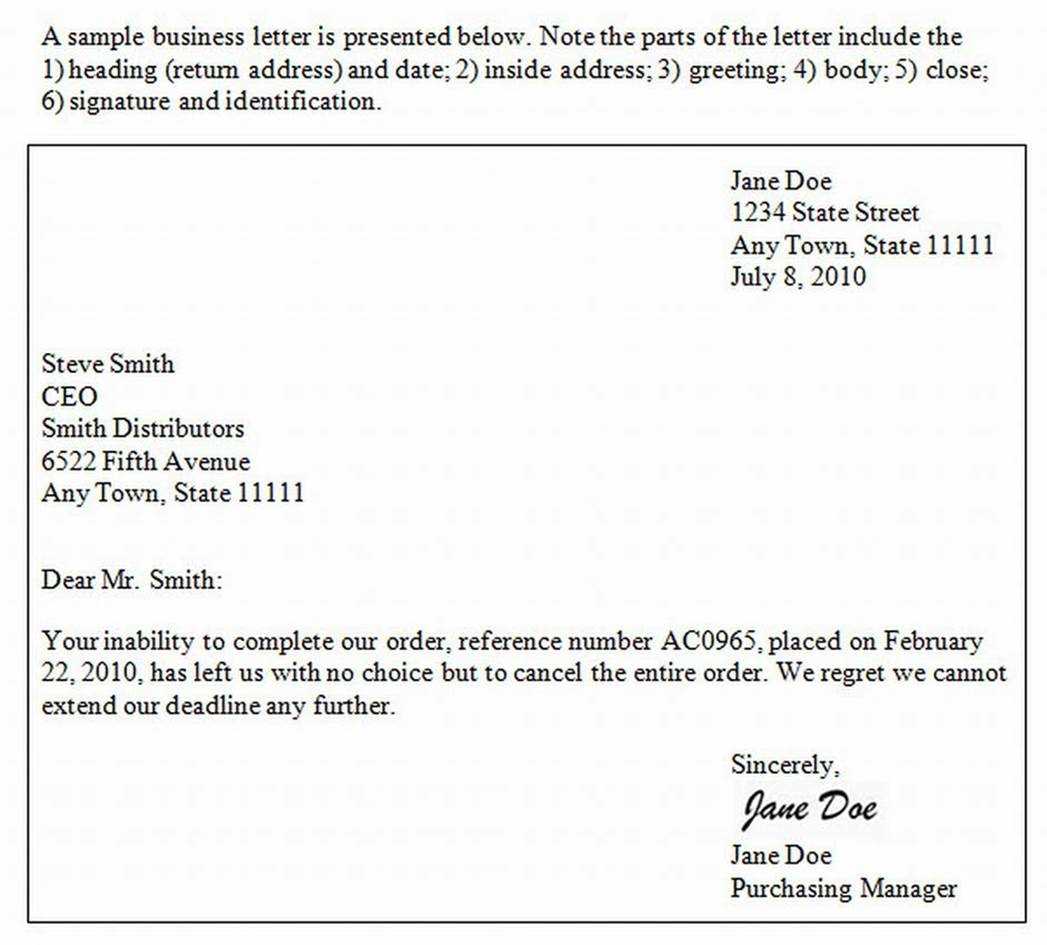
Offer any alternatives, suggestions, or ways to mitigate the consequences. This demonstrates that you are considering the recipient’s needs and are willing to help where possible.
5. Closing
Conclude the letter on a positive note. Reaffirm your commitment to maintaining a good relationship and express your willingness to assist in the future. A polite closing ensures the letter ends on a respectful tone.
Choosing the Appropriate Language for Difficult Messages
Use clear, respectful, and neutral language when addressing tough situations. Avoid sounding overly formal or impersonal. Instead, choose words that reflect empathy and professionalism. For example, use phrases like “We understand your concern” or “We regret the inconvenience” to acknowledge the other person’s feelings.
Be Direct but Considerate
Don’t hide the issue or delay delivering the bad news. Being upfront, while maintaining a polite tone, is key to creating a transparent communication environment. Phrases such as “We are unable to…” or “Unfortunately, we cannot…” are suitable for informing the recipient without causing unnecessary frustration.
Avoid Blame or Accusation
Stay away from language that can come across as accusatory or blaming. Phrases like “It was your fault” or “You failed to…” add unnecessary tension. Focus on the facts and offer solutions instead of dwelling on the problem.
Delivering the Bad News Clearly and Politely
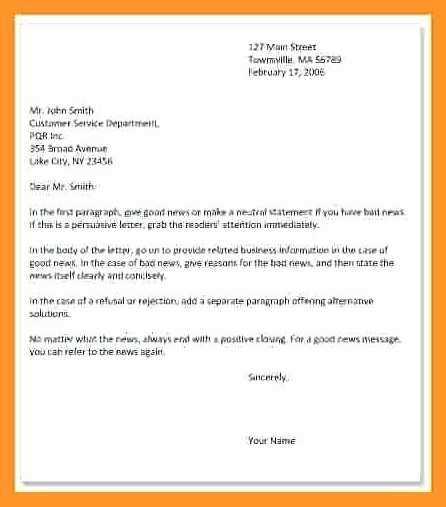
Begin by acknowledging the recipient’s expectations or concerns. Clearly state the issue without evasion or unnecessary detail. Keep the tone calm and respectful, ensuring the recipient feels heard.
Be Direct, Yet Tactful
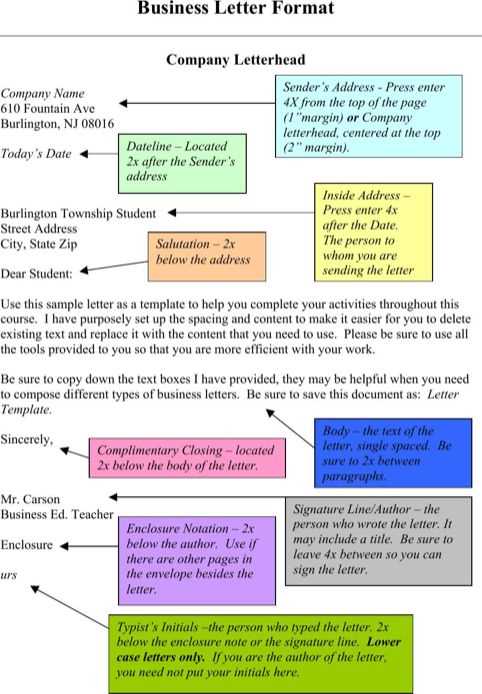
Avoid sugarcoating the situation, but also refrain from using harsh or negative language. Frame the message in a way that conveys the seriousness of the situation while maintaining respect for the recipient’s feelings. For example, instead of saying “We cannot accept your proposal,” try, “After careful review, we are unable to proceed with your proposal at this time.”
Offer Alternatives or Solutions
If possible, suggest next steps or alternatives. Providing a path forward can soften the impact of bad news and show that you are still invested in the recipient’s needs. Acknowledge the inconvenience and assure them of your continued support in finding a resolution.
Providing Solutions or Alternatives in the Letter
Clearly outline your solution or offer alternatives immediately after presenting the issue. This ensures the reader knows you are focused on resolving the situation. If you can’t fully fulfill the original request, provide other ways to meet the need or minimize the impact of the issue.
- Propose a partial solution: If you can’t offer the full resolution requested, suggest an alternative that addresses part of the concern.
- Suggest a future course of action: If you are unable to act right away, provide a clear timeline for when a solution will be possible.
- Offer compensation or goodwill gestures: When appropriate, propose a gesture of goodwill such as a discount, additional service, or bonus product to make up for the inconvenience.
Be transparent about the limitations of your solution. While it’s important to be positive, avoid making promises that may not be feasible. Showing your willingness to help, even within the constraints, will maintain a constructive tone.
If applicable, invite the recipient to discuss other solutions with you. This keeps the door open for a collaborative approach and reinforces that you’re committed to resolving the issue to their satisfaction.
Concluding with Respect and Professionalism
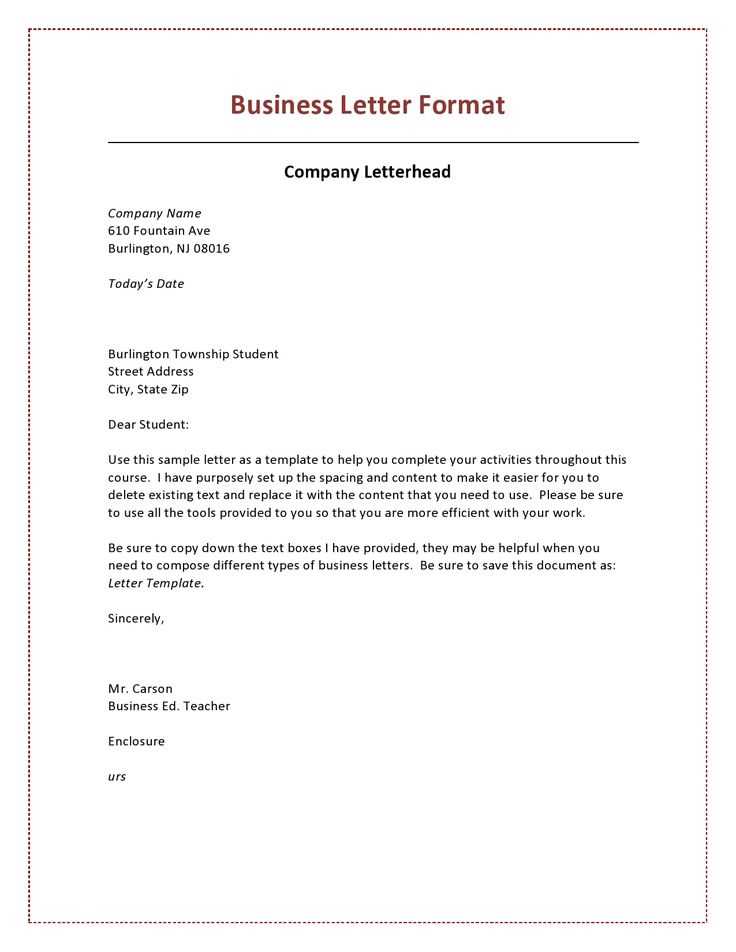
End your letter by expressing gratitude for the recipient’s time and consideration. Acknowledge the difficulty of the situation without placing blame or making it personal. This maintains a respectful tone, even when delivering negative news. For example, you might write, “Thank you for your understanding as we work through this matter.”
Offer a clear path for further communication. Encourage the recipient to reach out with questions or concerns, ensuring they feel supported. A statement such as “Please feel free to contact me if you need any clarification or further information.” invites dialogue while reinforcing your willingness to assist.
Close with a positive, forward-looking statement. Rather than focusing on the problem, emphasize your intent to continue working together or finding a resolution. For example, “I look forward to our continued partnership.” is a strong way to end, keeping the door open for future collaboration.